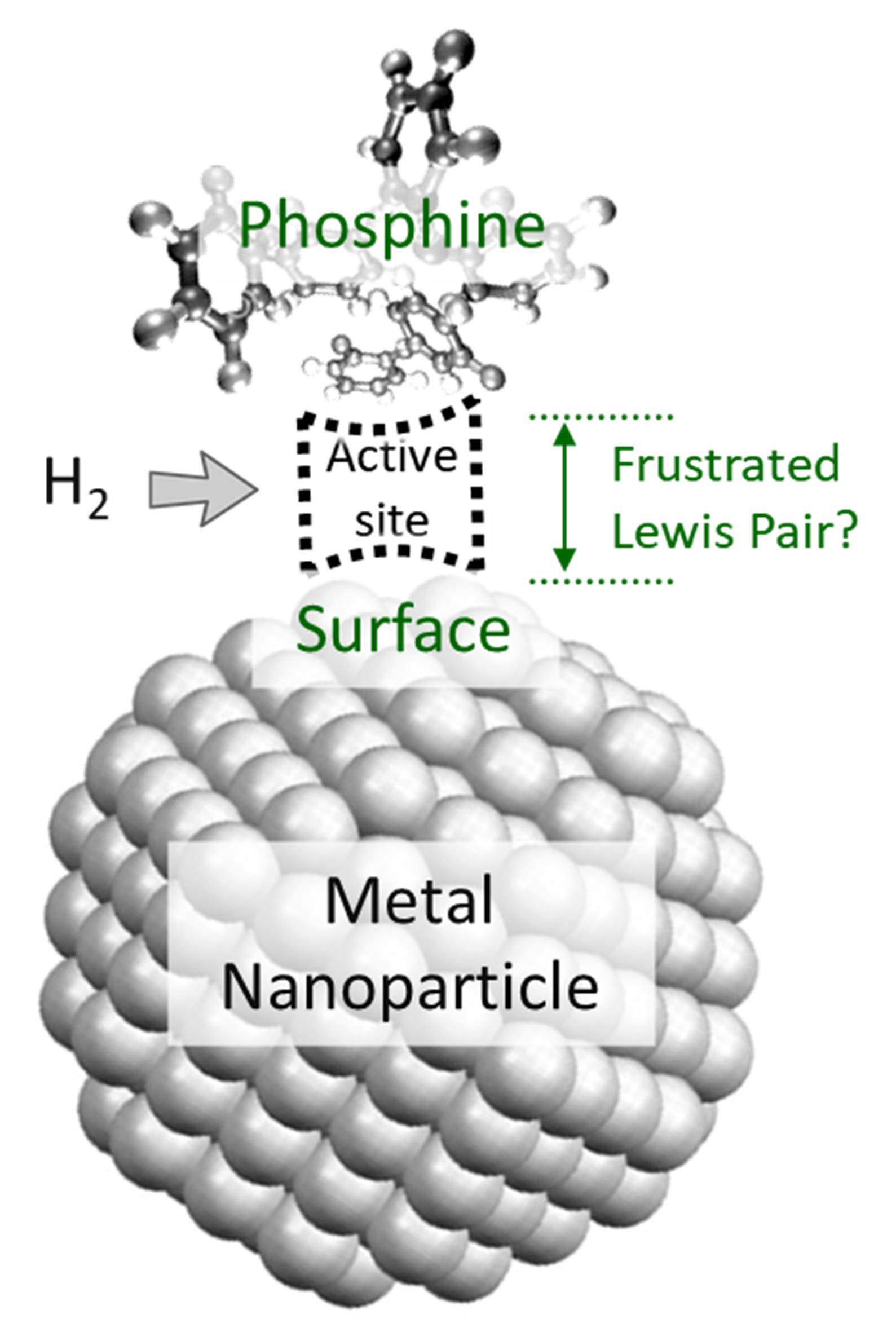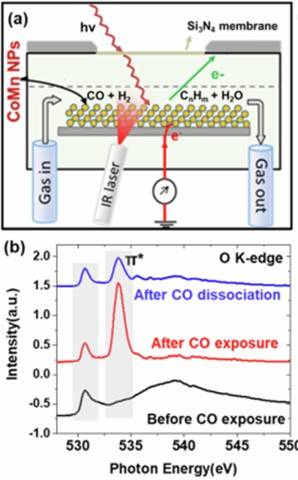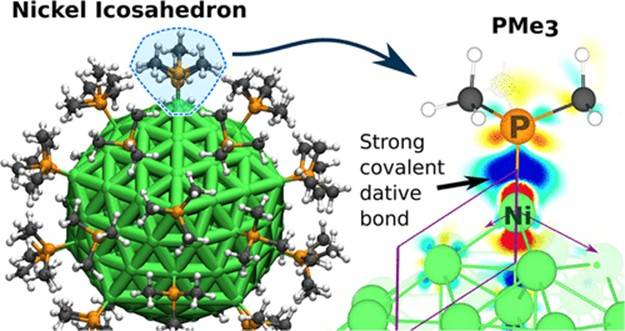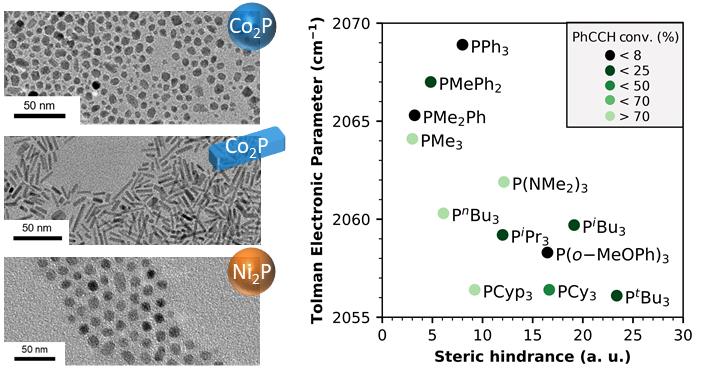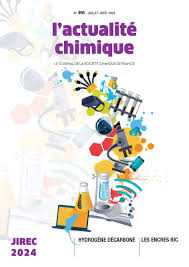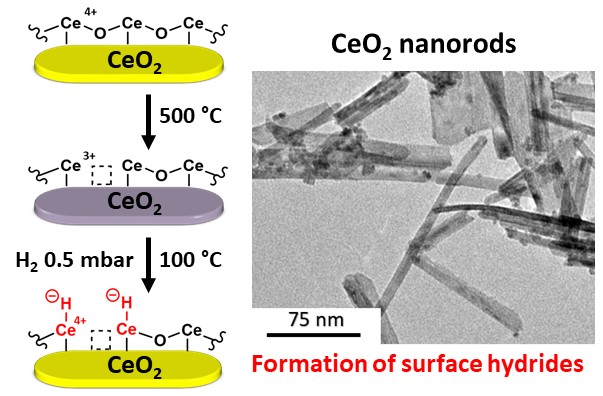Publications
| 2025 (2) | |||
| 2024 (7) | 2023 (5) | 2022 (3) | 2021 (5) |
| 2020 (3) | 2019 (12) | 2018 (5) | 2017 (3) |
| 2016 (4) | 2015 (2) | 2014 (4) | 2013 (7) |
| 2012 (7) | 2011 (1) | 2010 (2) | 2008 (1) |
2024 | Articles and Reviews
Frustrated Lewis pairs on nanoparticles for colloidal catalysis: dream or reality?
S. Carenco, Comptes Rendus. Chim. 2024, 27, 395–403. |
The role of manganese in CoMnOx catalysts for selective long-chain hydrocarbon production via Fischer-Tropsch synthesis
H. Chen, Z. Lian, X. Zhao, J. Wan, P. F. Pieters, J. Oliver-Meseguer, J. Yang, E. Pach, S. Carenco, L. Treps, N. Liakakos, Y. Shan, V. Altoe, E. Wong, Z. Zhuo, F. Yang, J. Su, J. Guo, M. Blum, S. H. Lapidus, A. Hunt, I. Waluyo, H. Ogasawara, H. Zheng, P. Yang, A. T. Bell, N. López, M. Salmeron, Nat. Commun. 2024, 15, 10294 |
Structure Sensitivity, Magnetization, and Topological Analysis in DFT Models of Ni Nanoparticles and Surfaces Functionalized by Adsorbed Trimethylphosphine
S. Godoy-Gutierrez, A. Ropp, K. Azouzi, J. Pilmé, S. Carenco, D. Loffreda, J. Phys. Chem. C 2024, 128, 16501–16513. |
A Robust Synthesis of Co2P and Ni2P Nanocatalysts from Hexaethylaminophosphine and Phosphine-Enhanced Phenylacetylene Hydrogenation
A. Ropp , S. Carenco, Inorg. Chem. 2024, DOI 10.1021/acs.inorgchem.4c02743 |
Les nanoparticules, partenaires de nouvelles paires de Lewis frustrées ?
S. Carenco, L'Actualité Chimique 2024, 496, Juillet-Août |
Operando Monitoring of Homolytic Cleavage of H2 into Surface Hydrides on Defective Cerium Dioxide Nanoparticles
R. F. André, J.-J. Gallet, F. Bournel, S. Carenco, ChemCatChem 2024, DOI 10.1002/cctc.202400163. |
Phosphines on Colloidal Nickel Nanocatalysts to Lower the Onset Temperature of Terminal Alkynes Hydrogenation
K. Azouzi, A. Ropp, S. Carenco, ACS Catalysis 2024, DOI 10.1021/acscatal.4c00054. |
